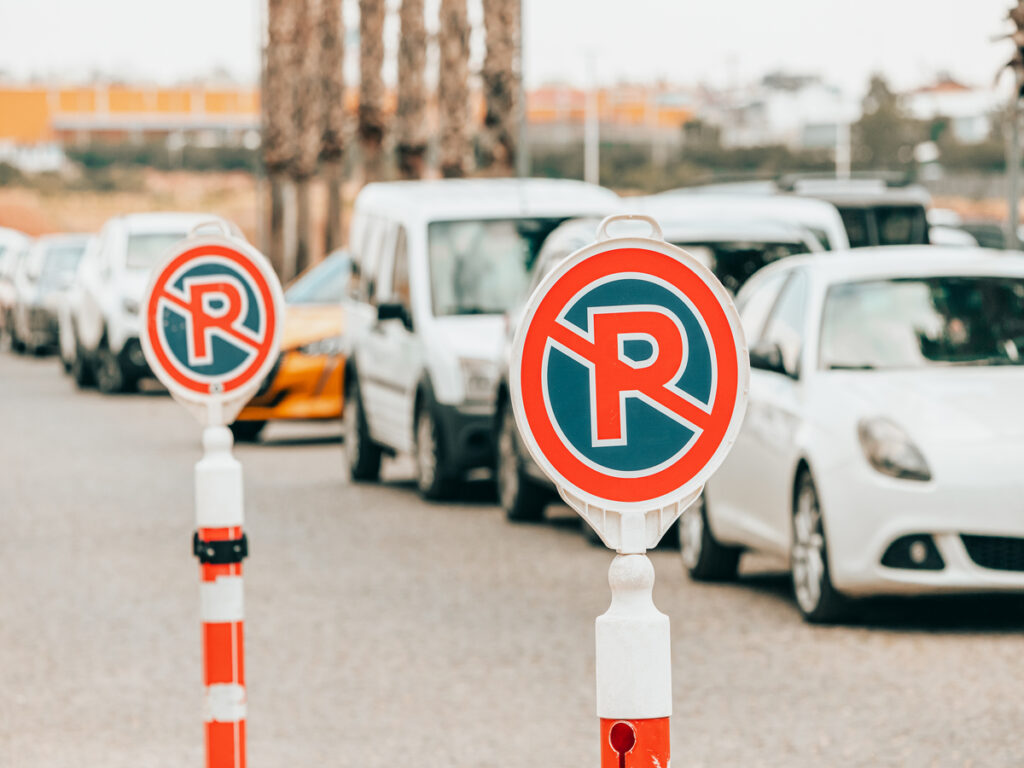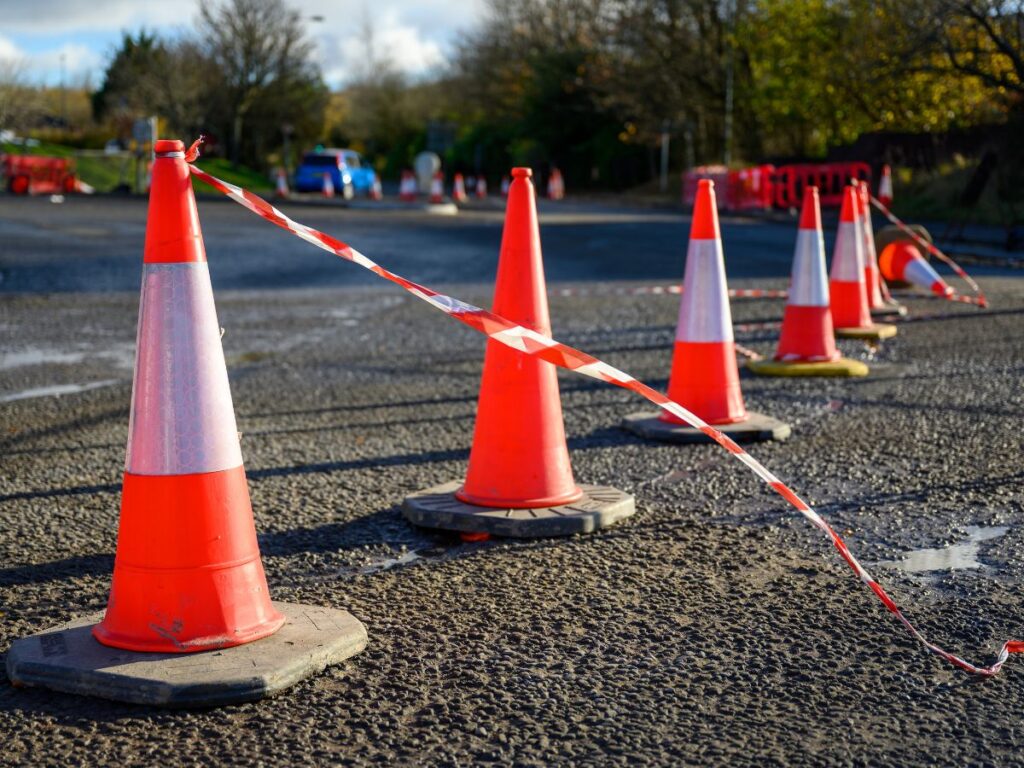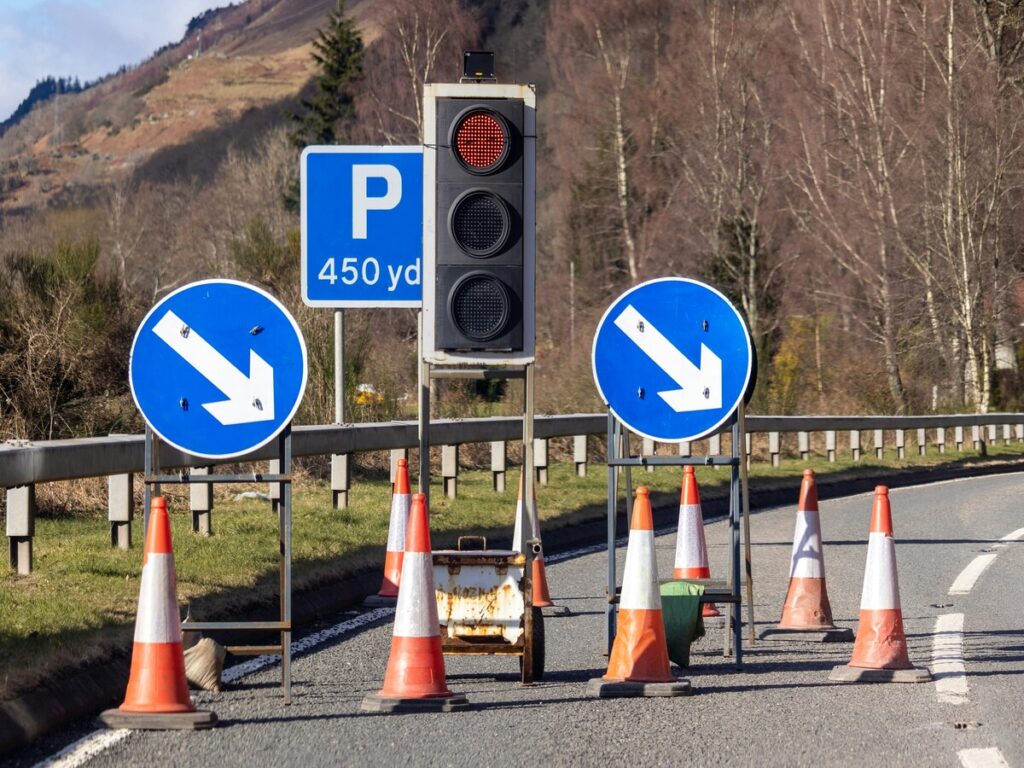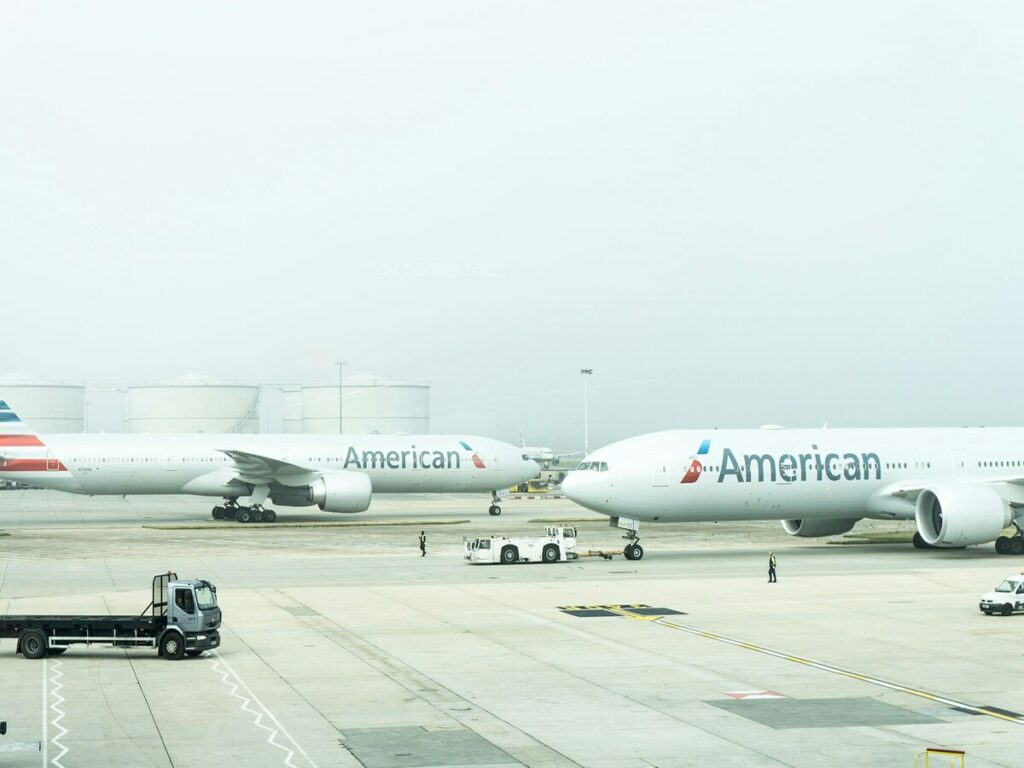
Sie spielen eine wichtige Rolle bei der Gewährleistung der Sicherheit in Notfällen, Und Verkehrskegel sind eines der effektivsten Instrumente, die Ihnen zur Verfügung stehen. Diese Verkehrskegel schaffen sichere Zonen, Leitfäden der Befragten, und schützen die Passagiere nach einem Flugzeugunfall. Ihre leuchtenden Farben und reflektierenden Materialien machen sie gut sichtbar, auch bei schlechten Lichtverhältnissen. Hochleistungsverkehrskegel sind auf Flughäfen besonders wichtig, Wo extremes Wetter und Szenarien mit hohen Auswirkungen eine dauerhafte und zuverlässige Ausrüstung erfordern.
Verkehrssicherheitszapfen verhindern häufig Kraftfahrzeugunfälle, Schutz der Arbeiter, während sie ihre Arbeit auf gefährlichen Straßen erledigen.
Jedes Jahr, Verkehrskegel retten Leben, indem sie die Risiken für Notfallpersonal reduzieren. Durch die Erstellung sicherer Räume, Zapfen helfen, solche Tragödien zu verhindern und eine glattere Notfallreaktion zu gewährleisten.
Die Rolle von Verkehrskegeln in Flughafensicherheit
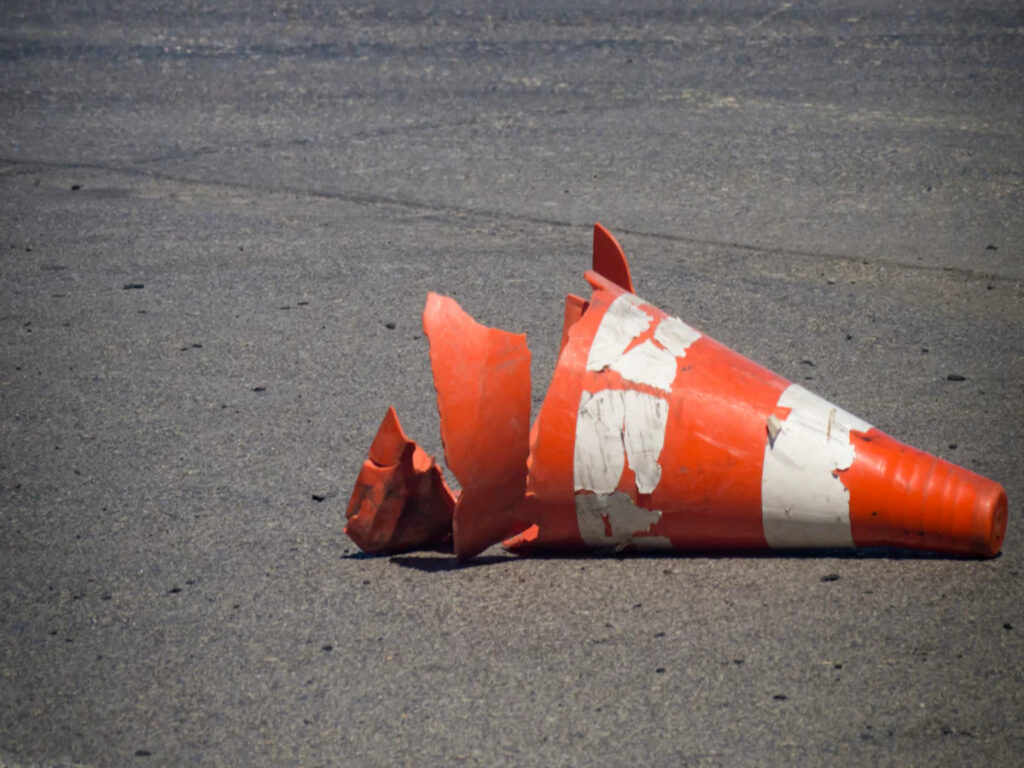
Sicherheitszonen erstellen
Markieren von eingeschränkten Bereichen zum Schutz von Personal und Passagieren
Nach einem Flugzeugunfall, Sicherheit wird zu Ihrer obersten Priorität. Verkehrskegel helfen Ihnen, eingeschränkte Bereiche zu markieren, Passagiere und Personal von der Gefahr fernhalten. Diese Zapfen erzeugen klare Grenzen, Sicherstellen, dass niemand versehentlich gefährliche Zonen betritt. Indem wir sie nutzen, Sie können schnell einen sicheren Umfang einrichten, Verwirrung verringern und unnötige Risiken verhindern.
Festlegung von Grenzen um Gefahrenzonen herum
Bei der Abgrenzung von Gefahrenbereichen können Sie sich auf Hochleistungsleitkegel verlassen, wie zum Beispiel Kraftstoff verschüttet oder verstreuter Schutt. Ihre Haltbarkeit sorgt dafür, dass sie an Ort und Stelle bleiben, auch unter schwierigen Bedingungen wie starkem Wind oder Jet-Explosionen. Diese Stabilität hilft Ihnen, die Ordnung aufrechtzuerhalten und sich auf die effektive Bewältigung des Notfalls zu konzentrieren.
Führung von Personal und Fahrzeugen
Leiten von Einsatzkräften zur Unfallstelle
Leitkegel dienen als visuelle Orientierungshilfen, Helfen Sie den Einsatzkräften, die Unfallstelle ohne Verzögerung zu erreichen. Sie können sie nutzen, um klare Wege zu schaffen, Sicherstellung von Feuerwehrautos, Krankenwagen, und andere Fahrzeuge navigieren sicher durch den Flughafen. Diese Anleitung beschleunigt die Reaktionszeiten und minimiert Verwirrung in kritischen Momenten.
Verwaltung des Flusses von Flughafenfahrzeugen und -geräten
Flughäfen sind geschäftige Umgebungen, Auch in Notfällen. Leitkegel helfen Ihnen, den Verkehr von Fahrzeugen und Geräten zu steuern, Vermeidung von Staus in der Nähe der Unfallstelle. Indem wir Bewegung organisieren, Sie stellen sicher, dass die Einsatzkräfte den Raum haben, den sie zum effizienten Arbeiten benötigen.
Verbesserung der Sichtbarkeit und Kommunikation
Verwendung von Zapfen zur Signalisierung von Gefahren oder eingeschränktem Zugang
Leuchtend gefärbt und oft mit reflektierenden Materialien ausgestattet, Leitkegel verbessern die Sicht bei allen Lichtverhältnissen. Sie können damit Gefahren oder eingeschränkten Zugang signalisieren, Stellen Sie sicher, dass jeder in der Gegend versteht, wohin er sicher gehen kann. Diese visuelle Klarheit verringert das Risiko von Folgeunfällen.
Unterstützung der Koordination zwischen Notfallteams
Leitkegel verbessern zudem die Kommunikation zwischen den Einsatzkräften. Durch die Markierung bestimmter Zonen oder Wege, Sie geben klare visuelle Hinweise, die den Einsatzkräften helfen, ihre Aktionen zu koordinieren. Diese Organisation sorgt für eine glattere und sicherere Reaktion auf den Vorfall.
Verkehrskegel legen einen sicheren Umfang um Vorfälle ein, Der Verkehr von gefährlichen Gebieten fernhalten und das Risiko sekundärer Unfälle verringern. Ihr schneller Einsatz schützt die Befragten und erhöht die allgemeine Sicherheit.
Warum Hochleistungsverkehrskegel unerlässlich sind
Haltbarkeit unter herausfordernden Bedingungen
Stand extremes Wetter und Szenarien mit hoher Auswirkung
Sie benötigen Verkehrskegel, die die härtesten Bedingungen ertragen können. Hochleistungsverkehrskegel werden mit Materialien wie vulkanisiertem Gummi gebaut, Das bietet einen hervorragenden Wetterwiderstand und Flexibilität. Einige Zapfen verwenden inspritzgefliete recycelte PVC, Entwickelt, um hartes Wetter zu bewältigen und auch nach Szenarien mit hoher Auswirkung funktionsfähig zu bleiben. Diese Materialien stellen sicher, dass die Zapfen in Notfällen intakt bleiben, Bereitstellung zuverlässiger Sicherheitswerkzeuge, wenn Sie sie am meisten brauchen.
Aufrechterhaltung der Funktionalität in stark frequentierten Bereichen
Flughäfen sind Bereiche mit hohem Verkehrsaufkommen, Besonders in Notfällen. Schwerlast-Verkehrskegel sind schwerer als Standard-Verkehrskegel, Reduzierung der Kippgefahr in stark befahrenen Bereichen. Durch ihr Gewicht und ihre Haltbarkeit eignen sie sich hervorragend zur Aufrechterhaltung von Ordnung und Sicherheit, selbst in den chaotischsten Situationen.
Hohe Sichtbarkeit für Sicherheit
Helle Farben und reflektierende Materialien für den Einsatz bei Tag und Nacht
In Notfällen ist die Sicht von entscheidender Bedeutung. Schwerlastleitkegel sind in leuchtenden Farben wie Orange oder Rot erhältlich, Dadurch sind sie tagsüber leicht zu erkennen. Viele Kegel enthalten auch reflektierende Streifen, die die Sichtbarkeit bei Nacht oder schlechten Lichtverhältnissen verbessern. Diese Funktionen stellen sicher, dass Sie Sperrzonen oder Wege schnell identifizieren können, Reduzierung des Unfallrisikos. OPTsigns Angebote Hochwertige Verkehrskegel mit überlegenem Reflexionsvermögen und langlebigen Materialien, Gewährleistung der maximalen Sichtbarkeit und Sicherheit unter allen Bedingungen.
Gewährleistung der Sichtbarkeit aus großen Entfernungen
Reflektierende Materialien auf Verkehrskegeln ermöglichen es ihnen, von weit entfernt aus gesehen zu werden. Dies ist besonders wichtig in großer Bedeutung, offene Räume wie Flughäfen. Treiber und Befragte können diese Zapfen aus der Ferne erkennen, Geben Sie ihnen genug Zeit, um ihre Handlungen anzupassen und Gefahren zu vermeiden. Diese zusätzliche Sichtbarkeit spielt eine Schlüsselrolle bei der Aufrechterhaltung der Sicherheit in kritischen Momenten.
Stabilität in hohen Einsätzen Umgebungen
Verhindern, dass Zapfen aufgrund von Wind- oder Jet -Explosionen umkippen
Starke Winde und Jet -Explosionen sind auf Flughäfen häufig. Hochleistungsverkehrskegel sind mit erhöhtem Gewicht und größeren Basen ausgelegt, sie unter solchen Bedingungen stabiler machen. Höhere Zapfen, reicht von 28 Zu 36 Zoll, überlegene Windbeständigkeit anbieten, Stellen Sie sicher, dass sie aufrecht und effektiv bleiben.
Bereitstellung eines zuverlässigen Sicherheitsinstruments in dynamischen Flughafeneinstellungen
Sie benötigen Tools, die in unvorhersehbaren Umgebungen konsequent funktionieren. Hochleistungsverkehrskegel, Hergestellt aus dickeren Materialien wie Gummi oder gewichteter PVC, Geben Sie die zuverlässige Zuverlässigkeit an. Ihre Stabilität und Haltbarkeit machen sie in Situationen mit hohen Einsätzen unverzichtbar, Helfen Sie, Notfälle mit Zuversicht zu verwalten.
Hochleistungsverkehrskegel verbinden die Haltbarkeit, Sichtweite, und Stabilität, um die Anforderungen der Flughafensicherheit gerecht zu werden. Ihr Design stellt sicher, dass sie effektiv bleiben, Auch unter den schwierigsten Bedingungen. OPTsigns Bietet eine Reihe von Verkehrskegeln, die zuverlässige Leistung bieten, Erfüllen Sie die höchsten Standards für Flughäfen und andere Hochrisikoumgebungen.
Praktische Anwendungen von Hochleistungsverkehrskegeln nach einem Flugzeugunfall
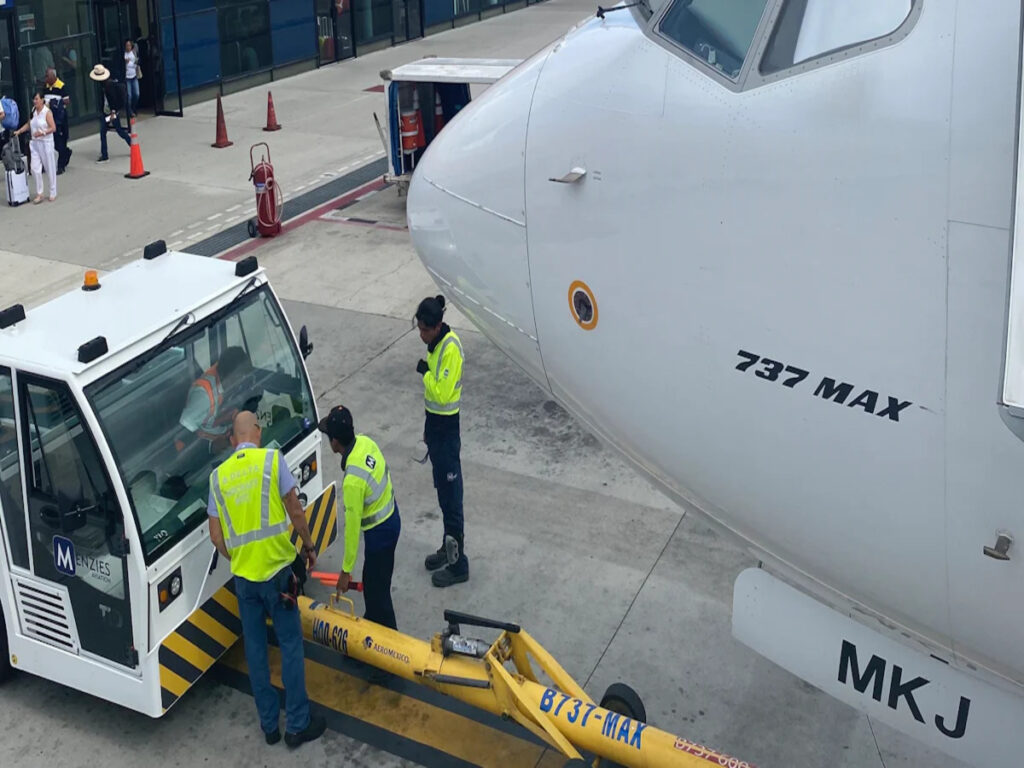
Markierzonen markieren
Identifizierung von Bereichen mit verstreuten Trümmern für die Reinigung und Untersuchung
Nach an Flugzeugunfall, Trümmer verstreuen sich oft über das Gelände. Um diese Bereiche deutlich zu kennzeichnen, können Sie robuste Leitkegel verwenden. Auf diese Weise können Aufräumteams und Ermittler erkennen, worauf sie ihre Bemühungen konzentrieren müssen. Durch die visuelle Definition dieser Zonen, Sie sorgen dafür, dass die Ermittlungen effizient und sicher ablaufen. Die Kegel helfen den Einsatzkräften auch dabei, gefährliche Bereiche nicht zu betreten, beispielsweise solche mit scharfen Metallsplittern oder verschüttetem Kraftstoff.
Verhinderung des unbefugten Zutritts zu gefährlichen Bereichen
Leitkegel fungieren als Barriere, um unbefugtes Personal vom Gefahrenbereich fernzuhalten. Sie können sie strategisch platzieren, um den Zugang zu Bereichen mit Trümmern oder anderen Gefahren zu blockieren. Dies verhindert Unfälle und stellt sicher, dass nur geschultes Fachpersonal diese Räume betritt. Durch die Verwendung von Zapfen, Sie behalten die Kontrolle über die Website und schützen alle Beteiligten.
Leitfaden für Rettungsfahrzeuge
Erstellen klarer Wege für Fire Trucks, Krankenwagen, und andere Responder
Während eines Notfalls, Jede Sekunde zählt. Hochleistungsverkehrskegel helfen Ihnen dabei, klare Wege für Rettungsfahrzeuge zu erstellen. Sie können sie verwenden, um Fire Trucks zu führen, Krankenwagen, und andere Responder direkt zur Unfallstelle. Dies reduziert Verzögerungen und stellt sicher, dass die Hilfe so schnell wie möglich eintrifft.
Vermeiden Sie Staus in kritischen Bereichen
Flughäfen können im Notfall chaotisch werden. Verkehrskegel helfen Ihnen bei der Verwaltung des Fahrzeugflusses und zur Verhinderung von Überlastungen in der Nähe der Unfallstelle. Durch die Organisation der Bewegung von Fahrzeugen, Sie schaffen eine sicherere und effizientere Umgebung für die Arbeitnehmer, um zu arbeiten.
Schutzbereiche
Sicherung der Unfallstelle für Ermittler und Beamte
Nach der ersten Notfallreaktion, Die Ermittler benötigen Zugang zur Unfallstelle. Sie können Verkehrskegel verwenden, um diesen Bereich zu sichern, Sicherstellen, dass es ungestört bleibt. Dies ermöglicht es den Beamten, eine gründliche Untersuchung ohne Einmischung durchzuführen.
Erhalt von Beweisen durch Einschränkung des Zugangs zu Schlüsselzonen
Nach einem Flugzeugunfall ist die Erhaltung von Beweisen von entscheidender Bedeutung. Verkehrskegel helfen Ihnen dabei, den Zugang zu Schlüsselzonen einzuschränken, Schutz wichtiger Beweise vor manipulierter oder versehentlich beschädigt. Dies stellt sicher, dass die Ermittler genaue Informationen über den Vorfall sammeln können.
Hochleistungsverkehrskegel spielen eine wichtige Rolle bei der Verwaltung der Folgen eines Flugzeugunfalls. Ihre Vielseitigkeit ermöglicht es Ihnen, Gefahren zu markieren, Leitfäden der Befragten, und kritische Bereiche effektiv schützen.
Best Practices für die Verwendung von Hochleistungsverkehrszapfen in Flughafennotfällen
Strategische Platzierung
Positionierungszapfen, um die Sichtbarkeit und Wirksamkeit zu maximieren
Sie sollten Hochleistungsverkehrskegel strategisch einsetzen, um eine maximale Sichtbarkeit zu gewährleisten. Positionieren Sie sie in Bereichen, in denen sie sowohl von Respondern als auch von Flughafenpersonal leicht gesehen werden können. Zum Beispiel, Verwenden Sie sie, um Wege hervorzuheben, Markieren Sie eingeschränkte Zonen, oder Fahrzeuge führen. Die richtige Platzierung stellt sicher, dass jeder das Layout der Notstandsstelle versteht, Verwirrung reduzieren und die Sicherheit verbessern.
Vermeiden Sie Überbeanspruchung, um Verwirrung zu verhindern
Die Verwendung von zu vielen Zapfen kann unnötige Unordnung erzeugen. Sie sollten es vermeiden, sie zu überbearbeiten, Da kann dies die Responder und das Personal verwirren. Stattdessen, Konzentrieren Sie sich darauf, Zapfen nur dort zu platzieren, wo sie benötigt werden. Dieser Ansatz hält den Notstandort organisiert und stellt sicher, dass die Zapfen ihren Zweck effektiv erfüllen.
Regelmäßige Wartung und Inspektion
Sicherstellen, dass Zapfen in gutem Zustand und frei von Schäden sind
Überprüfen Sie Ihre Verkehrskegel regelmäßig, um sicherzustellen, dass sie in gutem Zustand bleiben. Suchen Sie nach Rissen, Fading, oder andere Anzeichen von Verschleiß, die ihre Wirksamkeit verringern könnten. Beschädigte Zapfen bieten möglicherweise nicht die Sichtbarkeit oder Stabilität, die Sie während Notfällen benötigen. Wenn Sie sie in der oberen Form halten, können sie bei Bedarf zuverlässig abschneiden.
Ersetzen von abgenutzten oder verblassten Zapfen, um die Sichtbarkeit aufrechtzuerhalten
Ersetzen Sie Zapfen, die erhebliche Verschleiß oder Verblassen zeigen. Leuchtende Farben und reflektierende Materialien sind für die Sichtbarkeit unerlässlich, insbesondere bei schlechten Lichtverhältnissen. Abgenutzte Zapfen können die Aufmerksamkeit nicht erregen, Erhöhen des Unfällerisikos. Indem Sie sie umgehend ersetzen, Sie halten einen hohen Sicherheitsstandard beibehalten.
Trainingspersonal
Mitarbeiter des ordnungsgemäßen Kegeleinsatzes während der Notfälle schulen
Schulen Sie Ihre Mitarbeiter so, dass sie korrekte Verkehrskegel einsetzen. Bringen Sie ihnen bei, wie Sie Kegel für maximale Sichtbarkeit positionieren und wie Sie sie verwenden, um Fahrzeuge zu führen oder gefährliche Zonen zu markieren. Das richtige Training stellt sicher, dass Ihr Team während Notfällen schnell und effektiv reagieren kann.
Durchführung von Übungen, um eine effektive Kegelverwendung zu üben
Regelmäßige Übungen helfen Ihrem Team dabei, Zapfen in realen Szenarien zu üben. Die Simulation von Notfällen ermöglicht es den Mitarbeitern, ihre Fähigkeiten zu verfeinern und Verbesserungsbereiche zu identifizieren. Diese Übungen stellen sicher, dass jeder seine Rolle kennt und bei einem tatsächlichen Notfall sicher handeln kann.
Tipp: Gut ausgebildete Mitarbeiter und ordnungsgemäß gepflegte Zapfen sind der Schlüssel, um eine reibungslose und sichere Notfallreaktion zu gewährleisten.
Verkehrskegel spielen eine entscheidende Rolle bei der Gewährleistung der Sicherheit der Flughafen nach einem Flugzeugunfall. Sie können sie verwenden, um sichere Zonen zu erstellen, Leitfäden der Befragten, und Untersuchungsbereiche schützen. Ihre leuchtenden Farben und reflektierenden Materialien verbessern die Sichtbarkeit, während ihr haltbares Design den fordernden Bedingungen stand.
Hochleistungsverkehrskegel bieten die Stabilität und Zuverlässigkeit, die Sie in Umgebungen mit hohen Einsätzen wie Flughäfen benötigen.
Um ihre Wirksamkeit zu maximieren, Konzentrieren Sie sich auf das richtige Training und die strategische Platzierung. Regelmäßige Wartung sorgt dafür, dass Zapfen funktionsfähig und sichtbar bleiben. Durch die Befolgung dieser Best Practices, Sie können die Notfallreaktion verbessern und die Sicherheit in kritischen Momenten aufrechterhalten.

